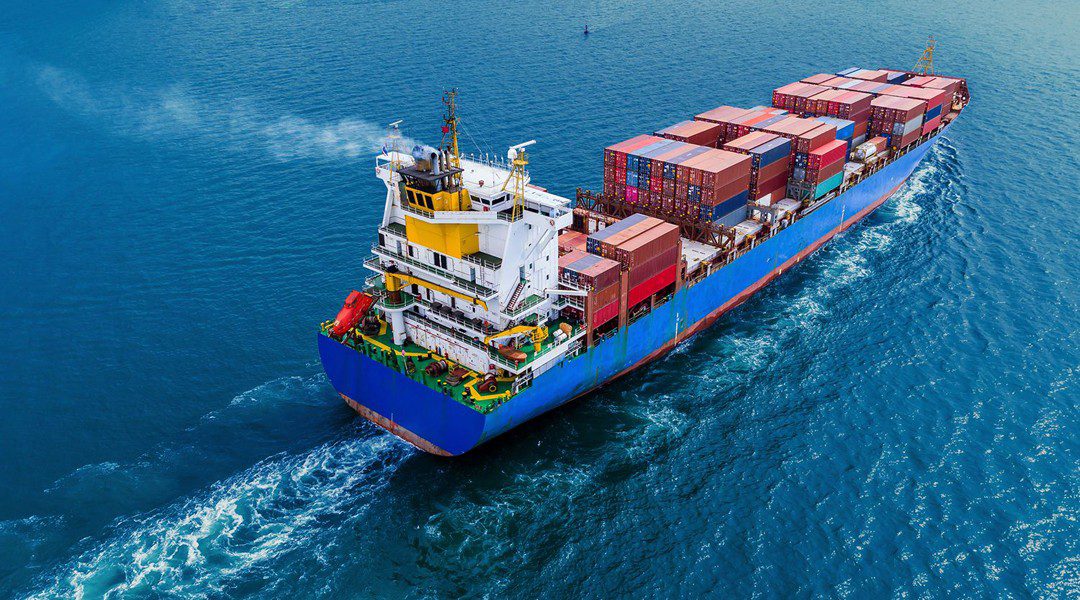A detailed Court of Investigation report has revealed serious failings by both the crew and authorities in the MV Wakashio disaster, which remains the worst maritime environmental incident in Mauritius’s history.
The findings come five years after the vessel ran aground off Pointe-d’Esny, releasing nearly 1,000 tonnes of heavy fuel oil into the sea.
The Panamanian-flagged ore carrier, measuring 300 metres in length, struck coral reefs about 900 metres from Mauritius’s shore on 25 July 2020 while en route to Brazil. The report identified crew distraction, inadequate navigation practices and alcohol consumption as key factors in the grounding.
Investigators noted that the Chief Officer on duty prioritised accessing mobile internet to contact family over maintaining a safe navigational watch. The vessel’s Voyage Data Recorder contained evidence that bridge conversations focused on internet access and drinking rather than navigation safety.
The report stated the Master deliberately approached the coast to gain mobile phone reception and entered Mauritian territorial waters without notifying relevant authorities. Even when the ship was only 1.5 miles from shore, the Master did not take command as required under company regulations.
Alcohol intake was confirmed as a significant factor. The Master reportedly consumed two whiskies at a crew member’s birthday party and another two drinks after returning to the bridge. The Chief Officer asked if a Cadet Officer could skip lookout duty to stay at the party, and the Master agreed.
Navigational mistakes added to the incident. The crew relied on an over-zoomed small-scale Electronic Navigation Chart (ENC) on the ship’s ECDIS and did not use a larger-scale chart for the area.
The report also criticised the National Coast Guard for failing to recognise the vessel’s hazardous course, even though it was visible on radar. It pointed to poor inter-agency coordination, which delayed the response and made the situation worse.
After the grounding, salvors tried to stabilise the ship by filling one hold with seawater. The plan failed when cracks appeared in the hull, causing the vessel to break in two and spill about 1,000 tonnes of heavy oil. The spill caused extensive damage to Mauritius’s marine environment and triggered public protests.
The report recommended introducing a mandatory vessel reporting system for areas near Mauritius’s coast and updating the country’s oil spill contingency plan, which had not been revised for nearly twenty years.
The findings were released following a change in government eleven months ago, after the previous administration had kept the report confidential.
Earlier, Captain Sunil Kumar Nandeshwar and First Mate Hitihamillage Subodha Janendra Tilakaratna admitted to charges under the Merchant Shipping Act for endangering safe navigation.
Reference: blueconomy
?





